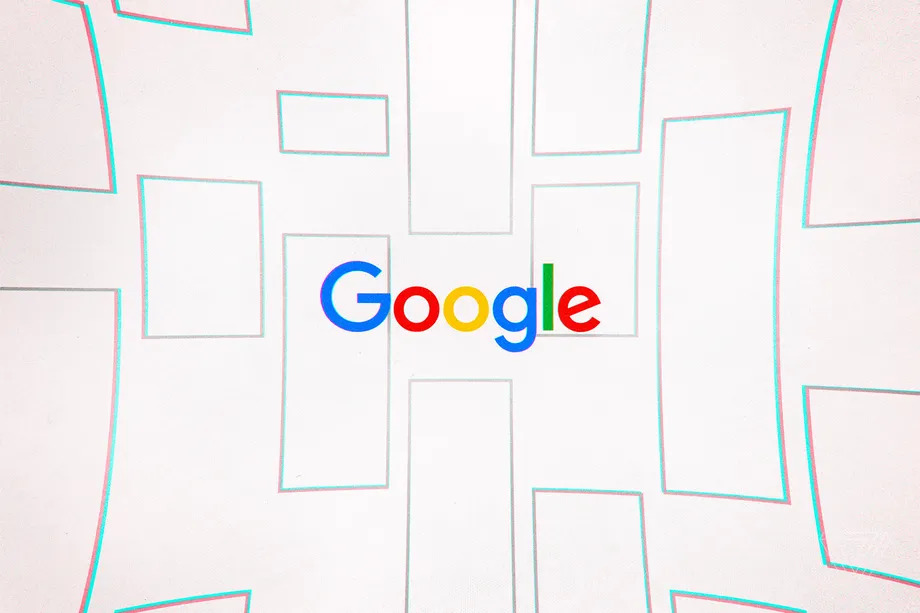The advent of the fifth-generation wireless standard, sometimes known as 5G, is profoundly altering the worldwide equipment and device sectors’ power infrastructure. Equipment makers, smartphone companies, and semiconductor companies are all vying for a piece of the global 5G pie. Winning the race may lead to years of dominance. This competitive landscape exists in all aspects of 5G, and firms from all around the world are vying for first place.

According to International Data Corporation, Apple, Inc. (AAPL) is the early leader in the 5G phone industry, with 28.3 percent of shipments in the first half of 2021. (IDC). Guangdong Oppo Mobile Telecommunications Corp. is next with 14.4%, followed by Samsung Electronics Co., Ltd (SSNLF) with 13.9 percent, Vivo Mobile Communication Co. with 13.5 percent, and Xiaomi Corporation (XIACF) with 11.2 percent to round out the top five.
Apple’s iPhone 13 deployment secret weapon isn’t that hidden after all: It’s the fifth generation. The accelerated adoption and implementation of 5G services and infrastructure, in particular, will boost demand for Apple’s iPhones. This is why:
1. Infrastructure for 5G is still being deployed. In the US, not every region has equal access to the tech, though many urban areas do.
2. Outside the US you see similar disparities across nations, with pockets of availability. That means there is plenty of room for growth.
3. As those unserved areas become served areas, more people may be interested in a 5G iPhone.
Even in regions where 5G is already accessible, there is still a significant benefit.
According to a survey released today by Omdia, just 14% of 5G networks have attained 10% subscriber penetration. By the end of June, 147 carriers had deployed 5G networks throughout the world, but only 21 of them (14%) had managed to persuade 10% of their subscribers to subscribe to these services, according to Omdia.
Verizon Communications Inc. (VZ), AT&T Inc. (T), T-Mobile US, Inc. (TMUS), and other major carriers are expanding their 5G networks and persuading users to switch to 5G handsets. The iPhone 13, which can be had for a song from carriers all across the world, is a prime example of these offers.
The number of networks and 5G devices continues to rise throughout the world. The next-generation wireless standard holds a lot of potential, but putting it into practice and fully implementing it will take time. Companies at all levels of the 5G industry are in a vigorous battle for market share and domination.
Mobile services revenue climbed 4.7 percent and 3.7 percent year on year in Q1 and Q2, respectively, in China, where 5G adoption reached 11 percent in June – a level not seen since early 2018.
“We can only speculate about the impact of 5G on service providers until the technology reaches a certain critical mass beyond early adopters. Only South Korea has reached this point, and the story there is a positive one,” said Ronan De Renesse, senior research director, Omdia. “Another 24 markets are due to reach 10% 5G population penetration by the end of 2021, 37 in 2022, and over 100 in 2026.”
Service providers are unable to wait and are making significant investments to achieve this goal.
Service providers are evolving as well. Services range from true high-end solutions like accessing a private 5G network on underutilized areas of the present 5G rollout to combination solutions that help manage anything from smart ports to smart farms. Consumers are also being offered options that will undoubtedly consume more bandwidth – music, movies, and gaming will soon be joined by video collaboration services and practical bandwidth augmentation.
This is advantageous to Apple since it will draw new transducers if the partnership with the service provider makes their gadgets more available to a wider audience. The release of the iPhone SE 5G in the spring of 2022 will have no effect on that attempt.
Apple’s early dominance in 5G is due, at least in part, to the availability of many 5G-capable iPhone models. Every iPhone 12 model and later ships with 5G support. Customers eager for the latest and greatest have little choice but to purchase 5G phones, whether from Apple or another manufacturer.
Aside from that, significant difficulties to complete 5G implementation and acceptance remain, including a semiconductor scarcity, but they are likely minor stumbling blocks on the long path to advancement.







